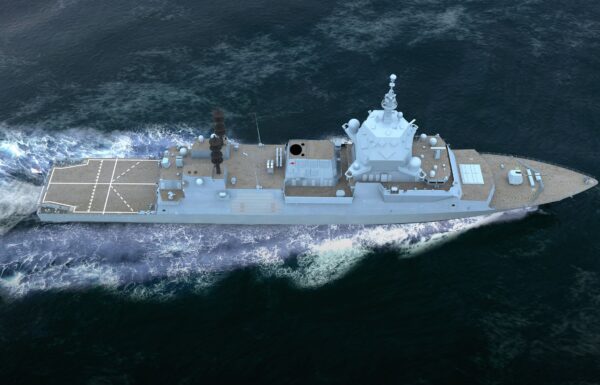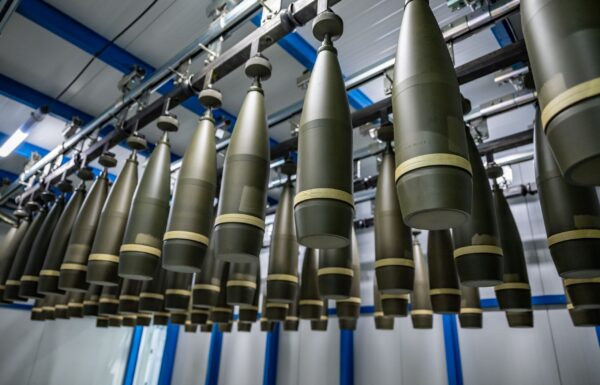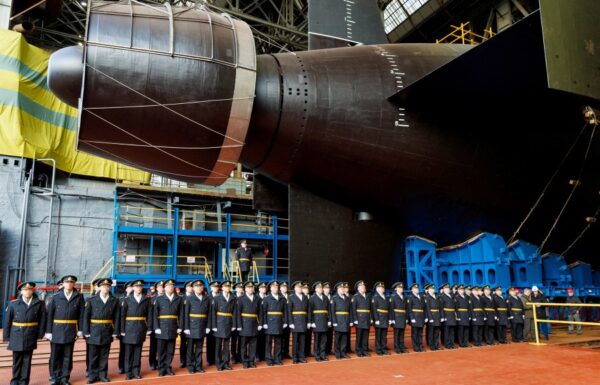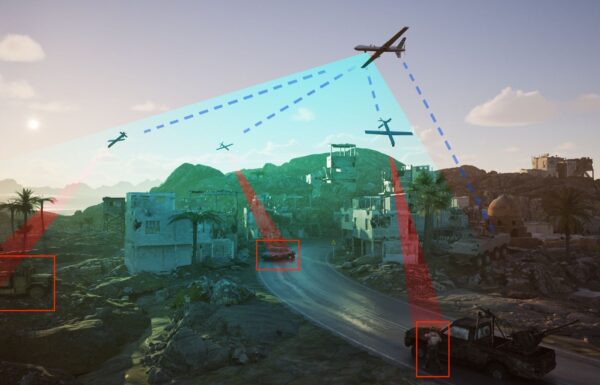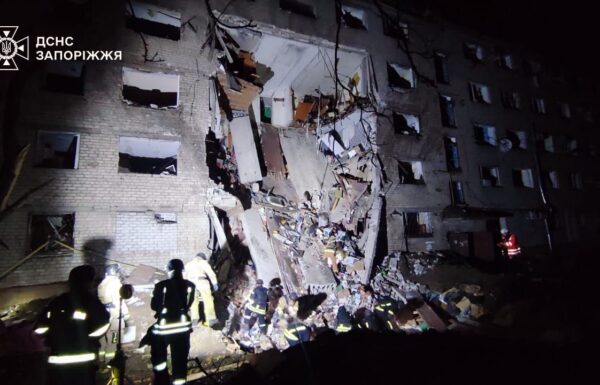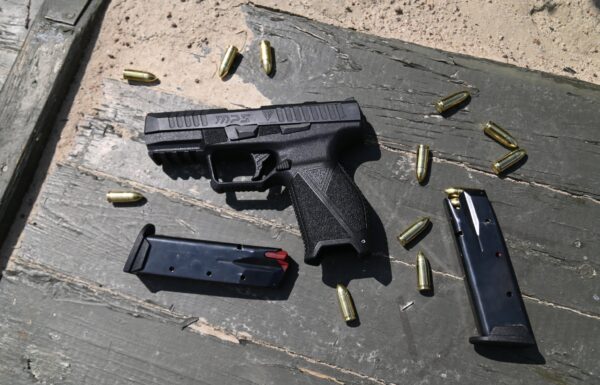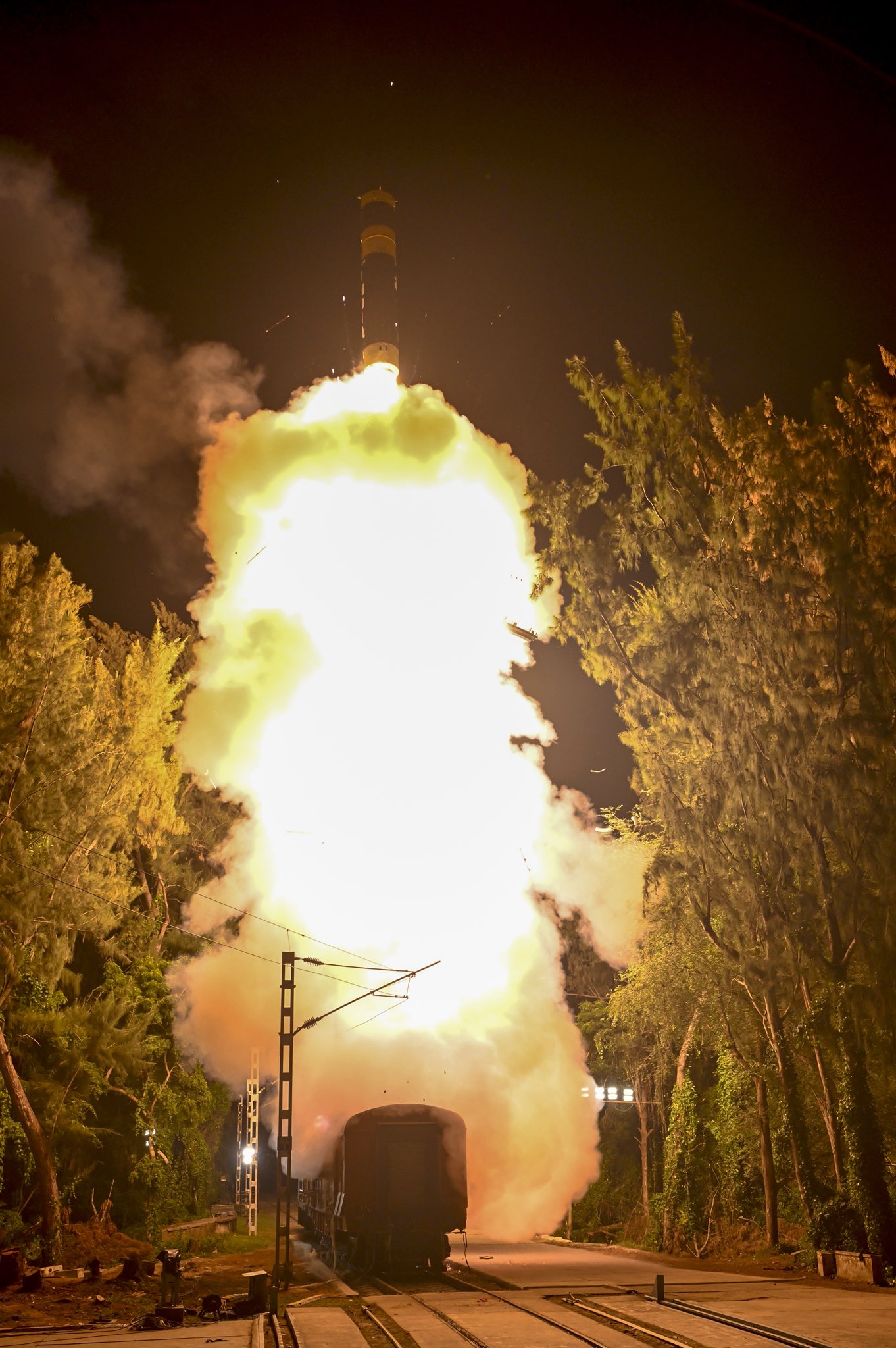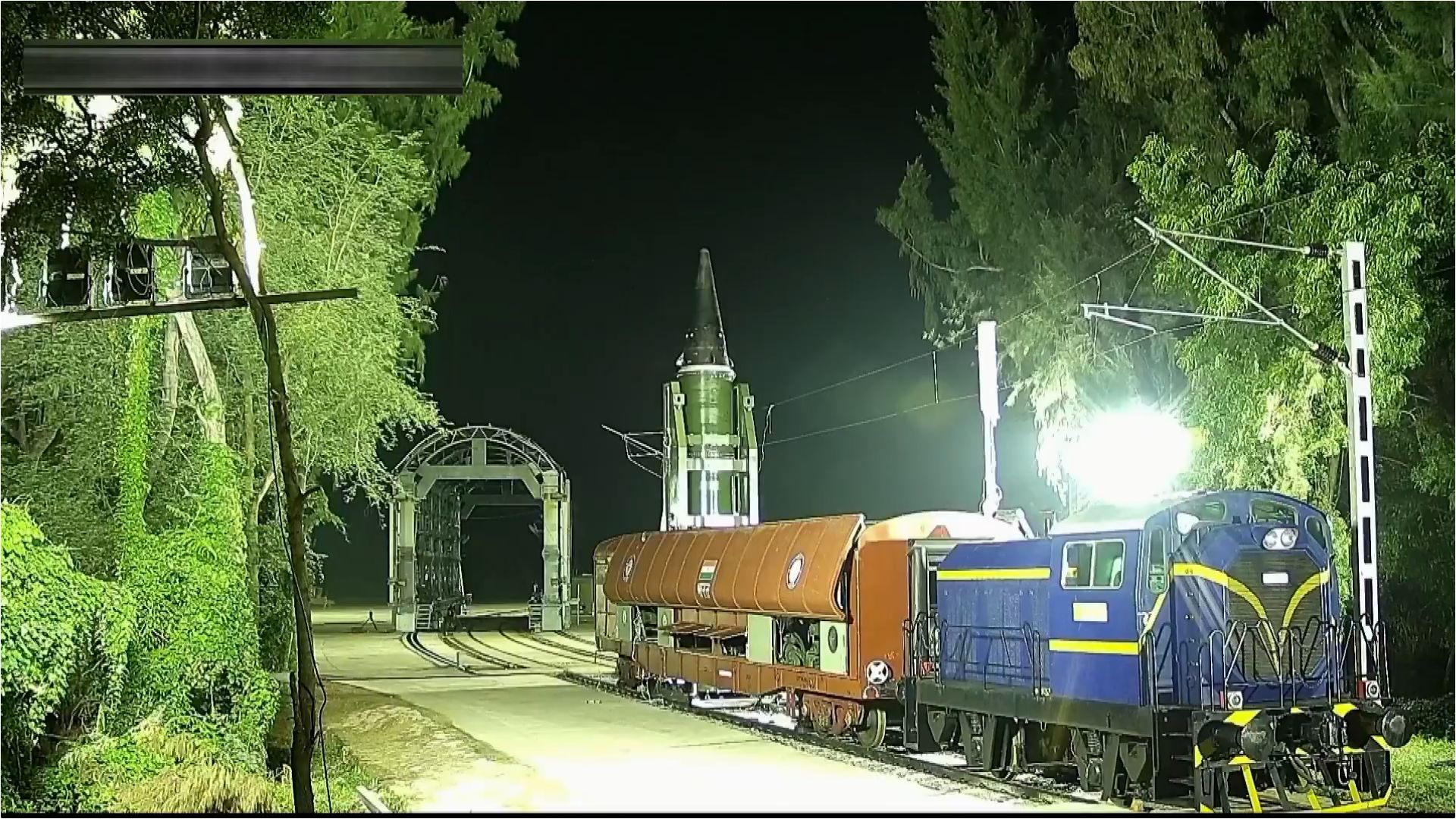On Thursday, September 25, 2025, India’s state-run Defence Research and Development Organisation (DRDO) announced on social media that the previous day it had carried out the country’s first-ever launch of an Agni Prime intermediate-range ballistic missile from a railcar-mounted launcher.
“Intermediate Range Agni-Prime Missile was successfully tested on 24 Sep 2025 from a Rail based Mobile launcher. This will be a force multiplier to strategic forces, with a game changer road cum rail missile system,” – states DRDO announcement.
“India has carried out the successful launch of Intermediate Range Agni-Prime Missile from a Rail based Mobile launcher system. This next generation missile is designed to cover a range up to 2000 km and is equipped with various advanced features.
The first-of-its-kind launch carried out from specially designed Rail based Mobile Launcher, has the capability to move on Rail network without any pre-conditions that allows User to have a cross country mobility and launch within a short reaction time with reduced visibility.
Congratulations to DRDO, Strategic Forces Command (SFC) and the Armed Forces on successful test of Intermediate Range Agni-Prime missile. This successful flight test has put India in the group of select nations having capabilities that have developed canisterised launch system from on the move rail network,” – wrote on X Rajnath Singh, Defence Minister Of India.
Agni P (also known as Agni Prime), is powered by solid fuel, has a range of up to 2,000 km, and represents a new generation of the Agni family of ballistic missiles (named after the Vedic god of fire). It is intended to succeed the Agni-I (700–1,200 km) and Agni-II (2,000–3,500 km) missiles. The missile is 10.5 m long, 1.15 m in diameter, and has a launch weight of 11 tons. It carries two conventional thermobaric or thermonuclear warheads in a MIRV (Multiple Independently Targetable Reentry Vehicle) configuration.
It features a composite motor casing, improved propellants, as well as advanced navigation and guidance systems (a laser gyroscope with redundant inertial micronavigation and a digital control system, optionally supported by GPS/NavIC satellite navigation).
The missile was produced by Bharat Dynamics Limited (BDL). Work on it was announced in 2016—at that time it was designated Agni-1P. Unlike earlier members of the Agni family, it is transported in a canister launcher, allowing it to remain in a launch-ready state for extended periods without the need for servicing.
The first test took place on June 28, 2021, from a Tatra 815 8×8 road-mobile launcher. Subsequent tests were conducted on December 18, 2021, October 21, 2022, June 7, 2023, and April 3, 2024—all of them successful.
Rail-mounted ballistic missile launchers
As India’s defence minister noted, so far only a handful of countries have developed such rail-based launchers. The Soviet Union, and later Russia, took the lead with the BZhRK 19P961 launcher armed with the RT-23UTTH Molodets intercontinental ballistic missile, which was in service from 1989 to 2008. Between 2012 and 2017, a new generation based on the RS-24 Yars or RS-24 Yars-M, intended to be designated RS-24 Barguzin, was considered, but the project was cancelled. On 23 January 2022, reports emerged of interest in adapting such a launcher for space rockets, but no further updates on these plans have been published since.
In the United States, as part of the MX program in 1986, a heavy missile project was planned, the MGM-118A Peacekeeper, based on the LGM-118, to be carried in a specially modified railcar, the Peacekeeper Rail Garrison Car. The program was abandoned with the end of the Cold War.
In China, since around 2010, work has been underway on a rail-based launch system for DF-41 intercontinental ballistic missiles. The only test recorded so far took place on 5 December 2016 at the Wuzhai test site in Shanxi Province. It was a so-called cold launch, in which the missile was expelled from its canister by gas generators without igniting the first stage’s main engine. Reports have also circulated that 2,000 km of reinforced track have been built to support special rail-based launchers.
On 15 September 2021, North Korea for the first time launched a KN-23 (Hwasong-11Ga) short-range ballistic missile from a rail platform, so far its only such test.
Intermediate Range Agni-Prime Missile was successfully tested on 24 Sep 2025 from a Rail based Mobile launcher. This will be a force multiplier to strategic forces, with a game changer road cum rail missile system pic.twitter.com/bEmDQoHNUf
— DRDO (@DRDO_India) September 25, 2025
India has carried out the successful launch of Intermediate Range Agni-Prime Missile from a Rail based Mobile launcher system. This next generation missile is designed to cover a range up to 2000 km and is equipped with various advanced features.
The first-of-its-kind launch… pic.twitter.com/00GpGSNOeE
— Rajnath Singh (@rajnathsingh) September 25, 2025


